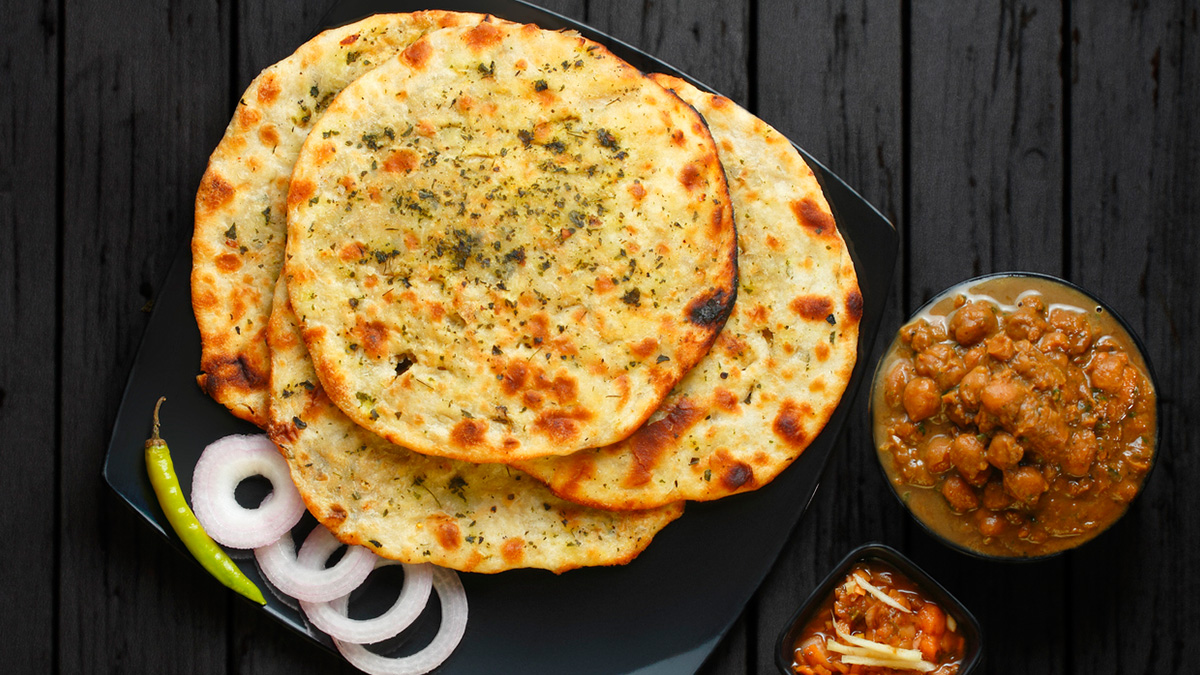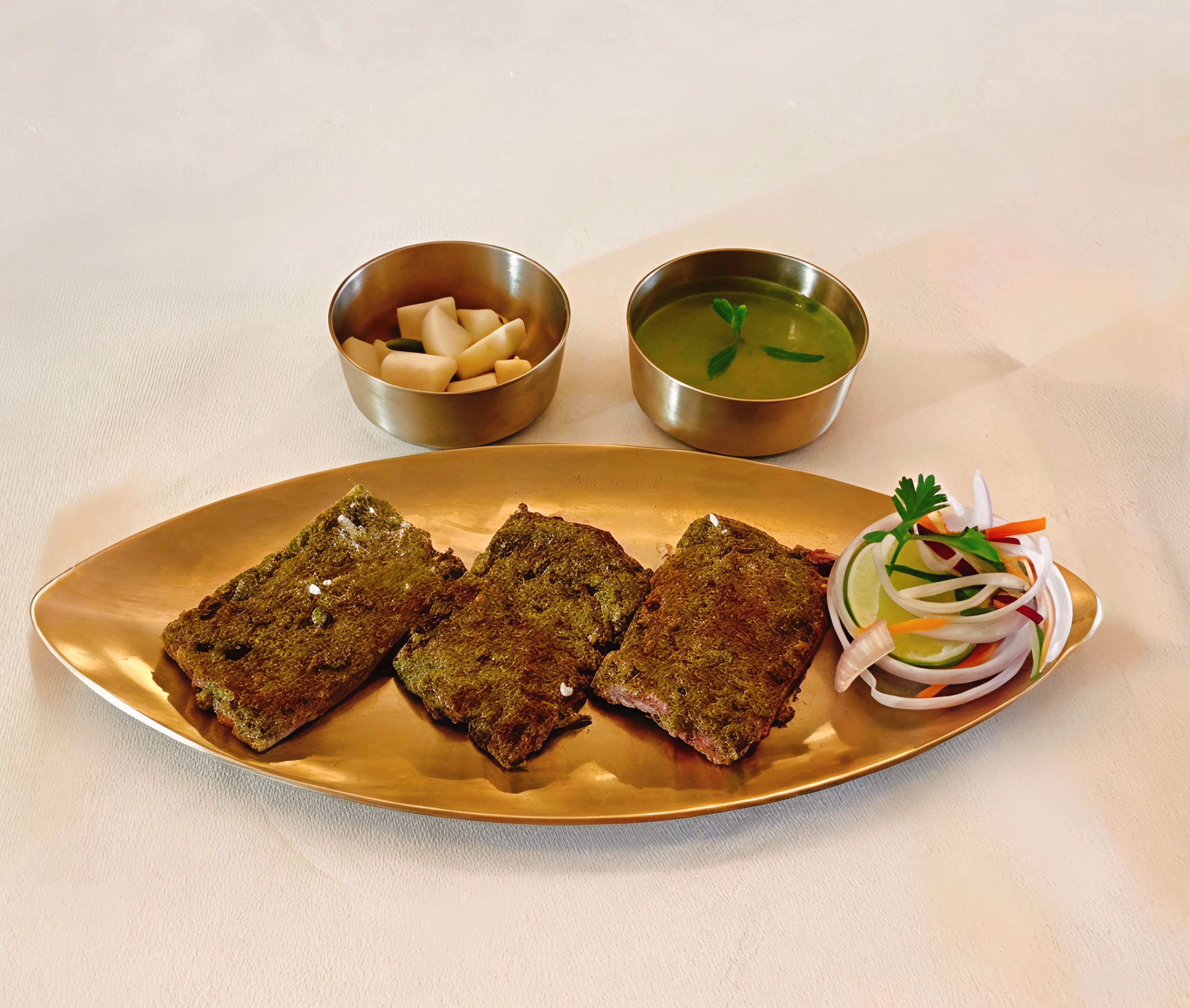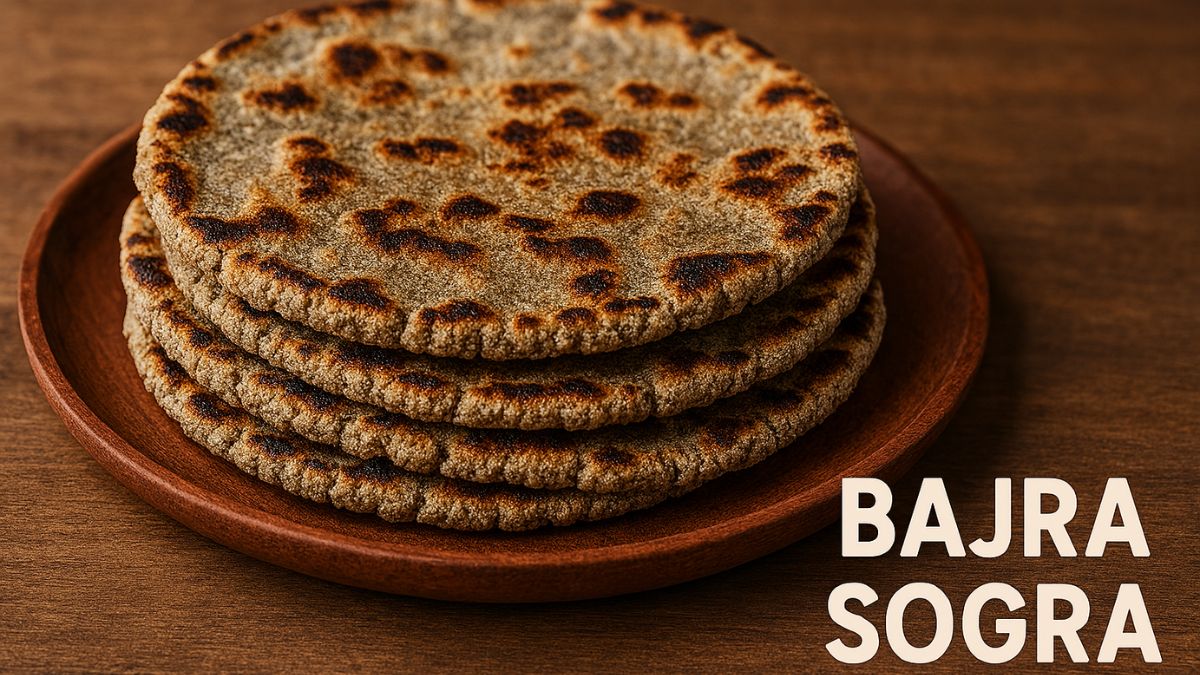South Indian cuisine frequently finds its way on our breakfast table. Idli, dosa, vada and more - we get a wide range of healthy options to choose from. But what remains our all-time favourite is dosa. When paired with chutney and sambar, dosa makes a wholesome meal for all. It is, in fact, one of the most popular breakfast foods, not just in the southern region, but all across the country. So much so that we keep experimenting with different versions of dosa in our kitchen. If you are an ardent dosa-lover and claim to have tried almost everything, then we suggest, check again! Have you tried sponge dosa yet? A traditional dish from the Upidi region, it is spongy, soft and resembles pancake.
What is sponge dosa made of?
Visit any eatery in Karnataka, you will find sponge dosa holding a constant position on the menu. As the name suggests, it is soft, spongy and comes with a crispy thick base. You will also find a porous texture on the top that adds to the fluffiness of the dish. Traditionally, sponge dosa is made of a batter that includes less of dal and more of rice, along with poha in it. Some methi seeds are used in the recipe that gives the batter a rise. Methi seeds and poha also help the dosa achieve its unique texture. Sponge dosa is generally served in a set of three; hence, it is often referred to as set dosa. In Udipi region, sponge dosa (or set dosa) is paired with coconut chutney and sagu - South Indian-style mixed vegetable curry - for a complete meal.
(Also Read: Give Your Classic Dosa A Twist With These 5 Quick And Easy Recipes)
What is the difference between sponge dosa and plain dosa?
Plain dosa is crispy, light and paper thin. It can be enjoyed as is with chutney and sambhar. You can also add aloo stuffing to prepare masala dosa. What makes sponge dosa different is its soft and pillowy nature and the distinct feature of pores (holes). The porous texture is achieved because of the addition of poha (or aval) into the batter. Whereas, a normal dosa batter does not include poha in it. Another factor that plays a key role in differentiating sponge dosa (from plain dosa) is the process of making the batter. To prepare a perfectly soft set dosa, proper fermentation is of utmost important. However, the fermentation time depends much on the climatic condition of the region.

 Dosa is one of the most popular south Indian dishes.
Dosa is one of the most popular south Indian dishes.What is the difference between sponge dosa and uttapam?
We often get confused between sponge dosa and uttapam, courtesy the soft and fluffy texture of both the dishes. However, if you look into the dishes closely, you will find the two are distinctly different from each other. Uttapam (also known as uttappa) is a popular dish in the South Indian cuisine, made with the same rice and urad dal batter used to make idli and plain dosa. Unlike sponge dosa, you do not use methi and poha to give the uttapam batter a rise. That's not all. Uttapam is thicker in comparison to set dosa and is topped with different types of vegetables including onion, tomato, carrot, green chilli, sweet corn and so on. To put it simply, uttapam can easily be referred to as a desi-style pizza, served with chutneys by the side. Whereas, sponge dosa needs some sabzi (especially sagu) alongside to make for a wholesome meal.
Udipi-Style sponge dosa recipe: How to make sponge dosa:
A traditional sponge dosa recipe includes rice, poha, methi seeds, salt and yogurt for the batter. We also use some ghee to cook the dosa on tawa. Here, rice and poha are soaked and mixed with yogurt and methi seeds. The mixture is then left at least for two hours for fermentation. As mentioned earlier, the time of fermentation of may vary as per the season and climatic condition of the region. The mixture is then blended into a fine paste. It is again set to ferment overnight. Finally, we add some salt in the batter and cook the dosa with some ghee on a non-stick tawa.
We understand, the traditional method of making sponge dosa can be a bit lengthy and tedious. Fret not, we have got you covered. We bring a super quick and easy recipe that will help you make sponge dosa instantly. The best part is, you can avoid the whole process of fermentation, with this recipe. Let's take a look.
(Also Read: Ice Cream Dosa Is The Latest Fusion Food, And Business Tycoon Anand Mahindra Gives It 'Full Marks')
How to make instant sponge dosa:
Here, we use fruit salt to give the batter an instant rise. This instant set dosa recipe also includes soaked poha, sooji, salt, oil (or ghee) and curd.
Start with adding sooji and soaked poha in a mixer jar, along with some curd and salt. Add some water and blend everything into a smooth paste. Transfer it into a bowl and add fruit salt to it. And you have the instant sponge dosa batter ready for cooking.
Now grease the pan with some oil or ghee and pour some batter on it. Spread it a little with a ladle and cook well on both the sides. And you have soft and fluffy dosa ready in not more than half-an-hour. Click here for the detailed recipe of instant sponge dosa.
Try this dish today and let us know how you liked it.
Click here for more such dosa recipes.
Happy indulgence!
About Somdatta SahaExplorer- this is what Somdatta likes to call herself. Be it in terms of food, people or places, all she craves for is to know the unknown. A simple aglio olio pasta or daal-chawal and a good movie can make her day.







